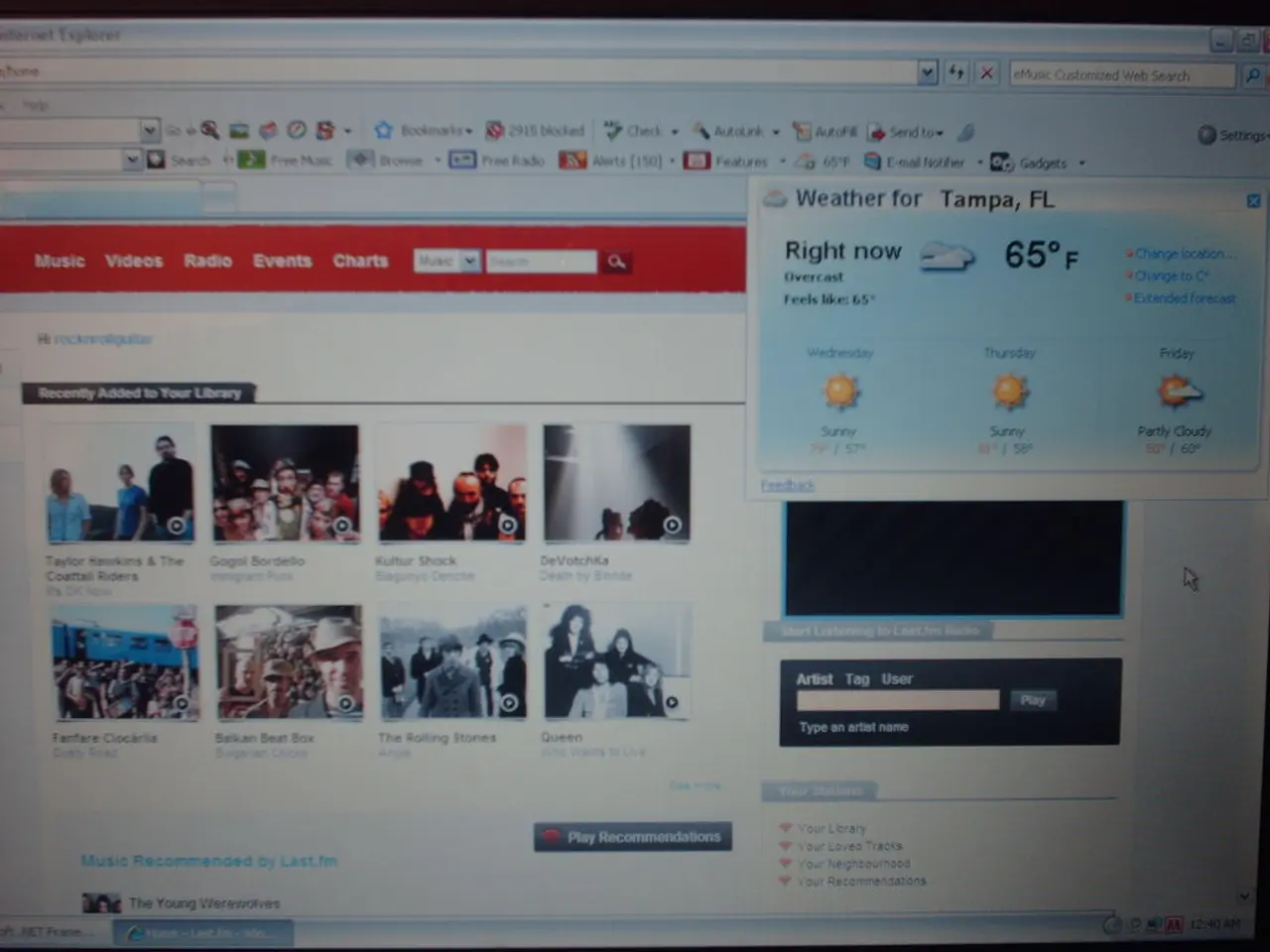Exploiting Interactive Websites to Enhance Your English Proficiency
Interactive websites are revolutionizing the way people learn English, offering significant advantages over traditional methods. By providing personalized, engaging, and immersive learning experiences, these platforms are transforming language education.
Personalization and Flexibility
One of the key benefits of interactive websites is their flexibility. Learners can tailor their learning pace and content according to their needs and schedule, making it easier for those who prefer to learn at their own speed or have limited time. Traditional methods often require adherence to a fixed schedule and curriculum.
Engagement and Motivation
Interactive websites often incorporate gamification elements, such as competitions, badges, and progress tracking, which make learning more enjoyable and motivating. This gamified approach transforms daunting tasks into engaging challenges, fostering a positive learning experience. Traditional methods may lack this interactive engagement, potentially leading to boredom and disinterest.
Contextual Learning
These websites provide real-world scenarios and contextual learning, which is crucial for understanding and applying language in practical situations. Activities like ordering food or buying tickets in virtual environments help learners move beyond mere memorization. Traditional methods might focus more on textbook examples, which can be less relatable.
Diverse Content and Feedback
Interactive websites offer a wide range of content, including audio, video, and interactive exercises, which enhance listening, speaking, reading, and writing skills. They also provide instant feedback, helping learners identify and correct mistakes promptly. Traditional methods may rely more on written feedback and less on immediate correction.
Access to Modern Tools and Technologies
Utilizing technologies like Virtual Reality (VR) and Augmented Reality (AR) for immersive learning experiences can simulate real-life situations more effectively than traditional methods. This can improve confidence and practical language use.
Community and Exchange
Interactive websites often include platforms for language exchange with native speakers or fellow learners, which can provide cultural insights and practice in conversational English. This is something traditional methods might not fully offer.
Choosing the Right Interactive Website
To maximize learning, it's essential to choose the right interactive website. Look for platforms with positive reviews from learners of a similar level and objectives as yours. Research platforms that specialize in or provide strong resources for the specific area you want to improve.
For example, dedicating 15 minutes in the morning to vocabulary exercises on Memrise, 20 minutes during lunch listening to a TED Talk, and another 15 minutes in the evening for conversational practice on Italki can be a effective learning routine.
Consistency is key to benefiting from these platforms, and their flexibility makes it easy to incorporate short sessions of learning into even the busiest schedules. To choose the right interactive website, identify your current proficiency level, learning goals, and personal preferences.
Improved Language Skills and Benefits
Improved language skills can lead to better academic performance, career opportunities, and personal growth. By engaging with interactive exercises, leveraging real-time communication, and utilizing diverse content, learners can significantly enhance their proficiency in English.
In conclusion, interactive websites leverage technology to create a more engaging, personalized, and effective learning environment compared to traditional methods. They offer flexibility, immersive experiences, and dynamic feedback, making them a valuable tool for enhancing English language skills.
- By offering technology-based features such as gamification, contextual learning, diverse content, and feedback, interactive websites provide an engaging and effective learning environment for improving English skills.
- With personalized learning paces, flexible scheduling, and access to modern technologies like Virtual Reality (VR) and Augmented Reality (AR), these platforms cater to various learning styles and preferences, setting them apart from traditional methods.




